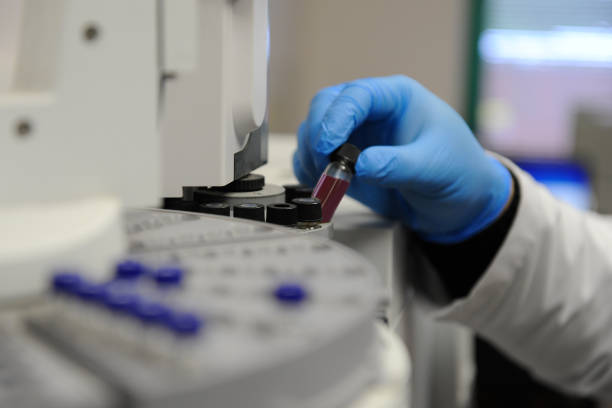Tert-Butylbenzene

tert-Butylbenzene is an organic compound classified as an aromatic hydrocarbon. Safe Home offers a few kits that provide drinking water testing for Tert-Butylbenzene in city and well water supplies.
Parameter Type: Drinking Water Testing for Volatiles
Parameter Name: Tert-Butylbenzene
What it is and Where it Comes From:
tert-Butylbenzene is an organic compound classified as an aromatic hydrocarbon. Its structure consists of a benzene ring substituted with a tert-butyl group. It is a flammable colorless liquid which is nearly insoluble in water but miscible with organic solvents. tert-Butylbenzene can be produced by the treatment of benzene with isobutene or by the reaction of benzene with tert-butyl chloride in presence of anhydrous aluminum chloride. Drinking water testing gives you several benefits like peace of mind, identifying contaminants in your water, and insight into health concerns. Safe Home offers Laboratory drinking water testing kits for Tert-Butylbenzene, allowing you to collect your water sample and ship it directly to our EPA-Certified Laboratory. This platform of drinking water testing for Tert-Butylbenzene will give you an accurate level based on the lowest level of a parameter our instruments can detect (Method Detection Level). Safe Home drinking water testing for volatiles can be used for city and well water supplies. Drinking water testing should be done any time you notice a significant change in your water quality.
Health Effects:
tert-Butylbenzene nay cause symptoms of irritation of eyes, skin, dry nose, throat, headache, low blood pressure, tachycardia, abnormalities cardiovascular system stress, central nervous system, hematopoietic depression, metallic taste, liver, and kidney damage. No information is available regarding oral exposure of humans to tert-butylbenzene. The effects of oral exposure of animals to tert-butylbenzene have not been evaluated in any subchronic-duration, chronic-duration, developmental, reproductive, or carcinogenic studies.
Solutions to Contaminant Levels:
You have completed the drinking water testing process, what are the next steps? A filter with granular activated carbon (GAC) is a proven option to remove certain chemicals, particularly organic chemicals, from water. GAC filters can be used to remove chemicals that give objectionable odors or tastes to water such as hydrogen sulfide (rotten eggs odor) or chlorine. Reverse osmosis is a process that removes foreign contaminants, solid substances, large molecules, and minerals from water by using pressure to push it through specialized membranes. Here’s how reverse osmosis works. Unlike osmosis, which is a passive process, reverse osmosis requires external force (pressure) to work. Pressure is applied to a highly concentrated solute solution, such as salt water, to pass through a membrane to a lower concentrate solution. The membrane allows water to flow through but blocks out larger molecules, like contaminants. The reverse osmosis process leaves higher concentrations of solute on one side and only the solvent, or freshwater, on the other. Who do I need to contact to find out more information about water quality in my area? Every community water supplier must provide an annual report to its customers, known as a Consumer Confidence Report (CCR). The report provides information on your local drinking water quality, including the water’s source, contaminants found in the water, and how consumers can get involved in protecting drinking water. How often does the local public water system preform drinking water testing? Frequency of drinking water testing depends on the number of people served, the type of water source, and types of contaminants. Certain contaminants are tested more frequently than others, as established by the Safe Drinking Water Act. You can find out about levels of regulated contaminants in your treated water for the previous calendar year in your annual Consumer Confidence Report (CCR).


